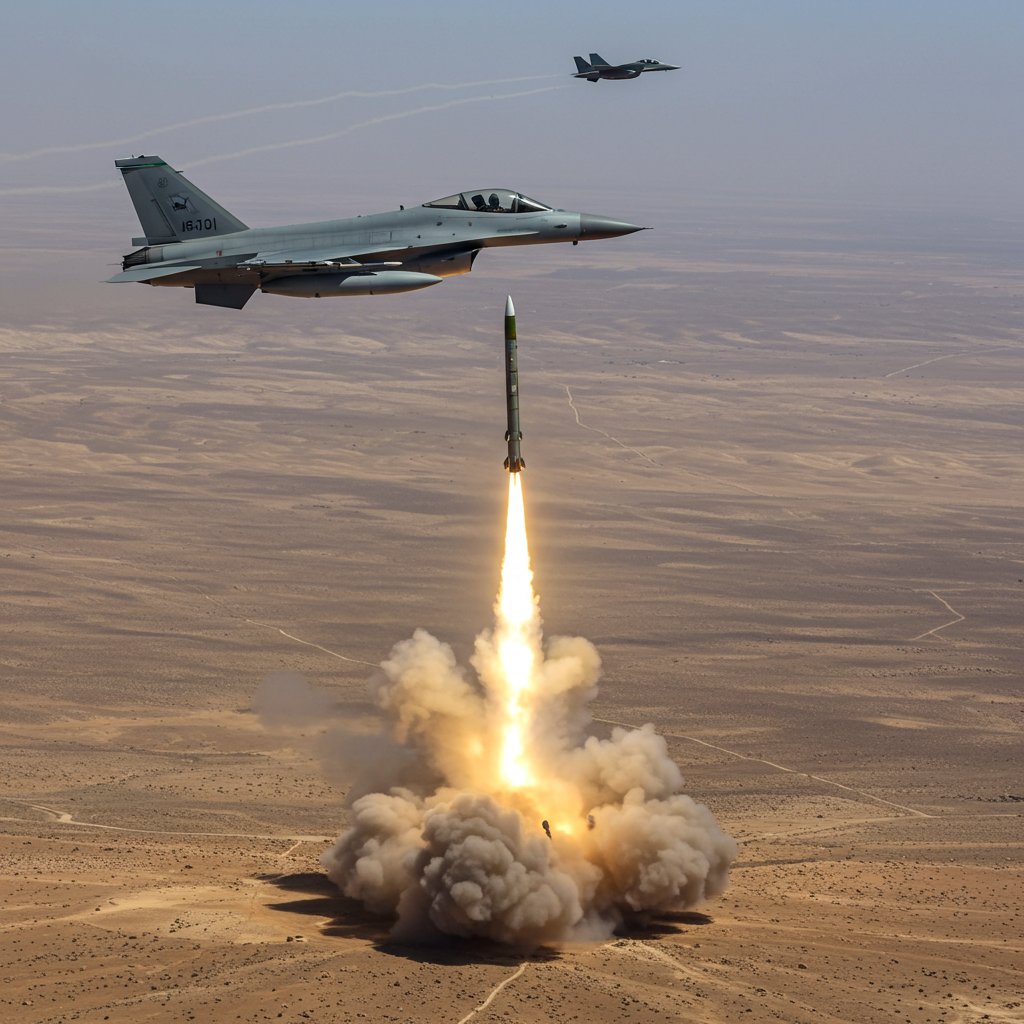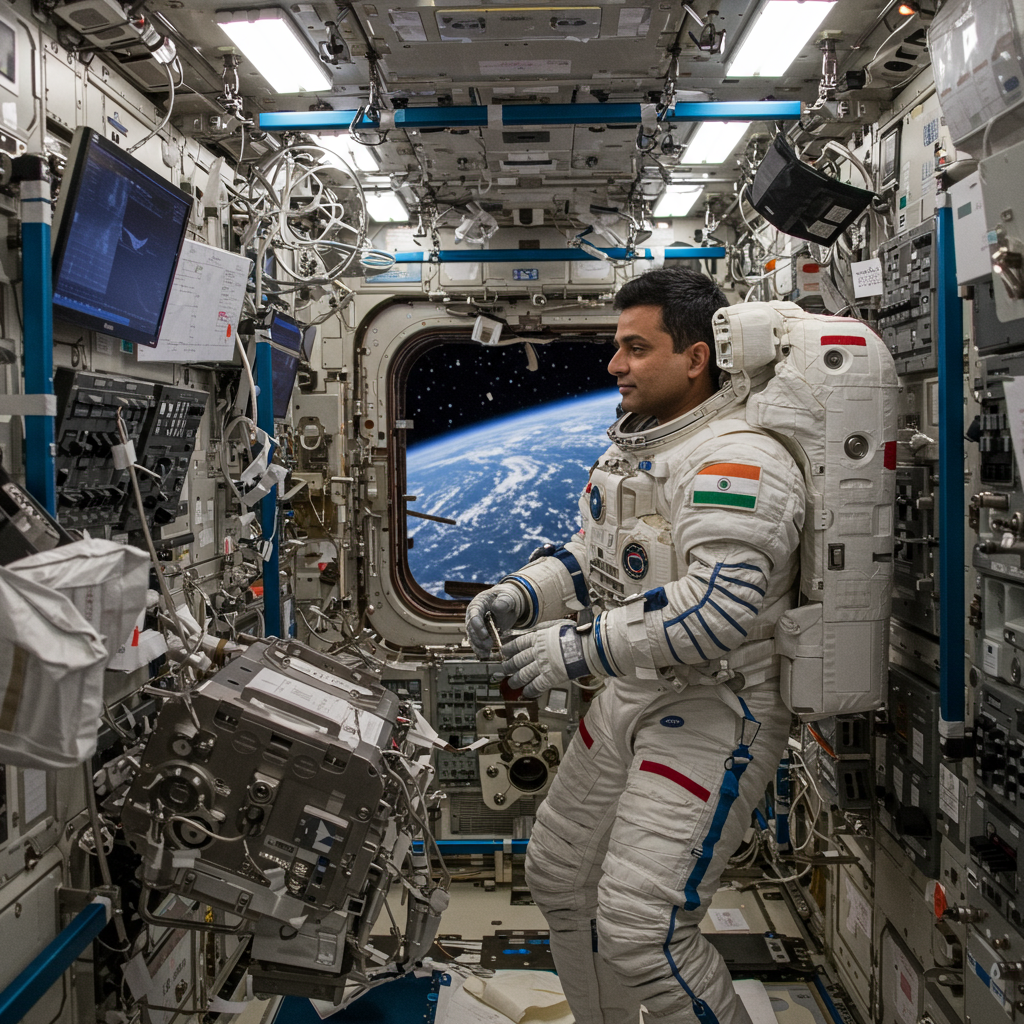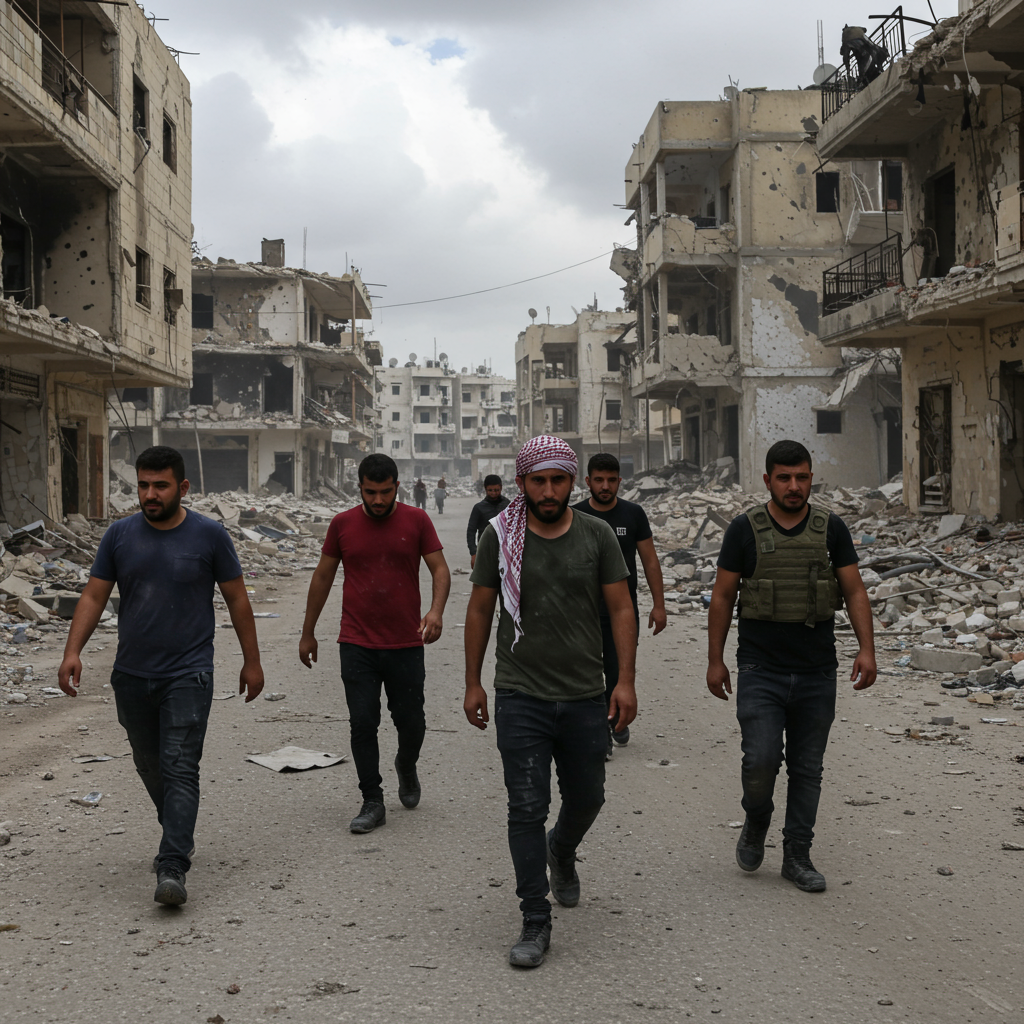Escalating tensions in the Middle East saw Israel launch a series of retaliatory airstrikes against Houthi targets in Yemen on Sunday, August 24, 2025. This decisive action followed a provocative Friday missile launch by the Iran-backed Houthi rebels, which introduced a new and concerning type of weapon into the ongoing conflict. The strikes underscore Israel’s commitment to defending its citizens and highlight the region’s deepening instability, fueled by complex alliances and long-range capabilities.
The Israeli military confirmed its jets targeted several key sites within Houthi-held territory. These included a military installation at the presidential palace in Sanaa, two power plants, and a vital fuel storage facility. Reports from Houthi-run media indicated at least two fatalities and five injuries in Sanaa, a city whose residents described “very strong” explosions that rattled homes and shattered windows.
Houthi’s Novel Threat: The Cluster Munition Missile
The immediate catalyst for Israel’s August 24 response was a missile fired from Yemen on the preceding Friday. This projectile, which triggered air raid sirens across central Israel, marked a significant shift in Houthi capabilities. An Israel Air Force investigation later confirmed it contained cluster munitions, a weapon category deployed by the Houthis for the first time in the current conflict.
Cluster munitions are designed to fragment into numerous smaller parts, increasing the probability of multiple impacts over a broader area. While a direct hit might be less destructive than a conventional ballistic missile, its fragmentation poses unique challenges. The missile ultimately landed in an open area within Moshav Ginaton, central Israel, with shrapnel reportedly impacting a nearby backyard. No direct casualties were reported from this specific incident.
Air Defense Challenges and Strategic Implications
The deployment of cluster munitions presents a critical strategic hurdle for air defense systems. The Israel Defense Forces (IDF) noted that successfully intercepting such a missile requires engagement at a much earlier point in its trajectory to prevent fragmentation over Israeli territory. While Israel’s advanced Arrow 2 and Arrow 3 defense systems are capable of early interception, a cluster munition’s ability to break up means a later intercept attempt could be “too late” if the missile has already fragmented. The IDF did acknowledge multiple attempts to intercept the Friday missile, attributing the failure to an unidentified human or technical error, not the cluster munitions themselves.
This isn’t the first time Houthi missiles have tested Israeli defenses. On May 9, 2025, the Houthis claimed to have launched a “hypersonic ballistic missile” towards Ben Gurion airport. While Israel reported intercepting that specific projectile, a prior missile attack from Yemen had reportedly impacted a “strategic location” at the airport on May 4, 2025, sending thousands into shelters and highlighting the persistent threat. Historically, Iran, a key Houthi backer, has also employed cluster bomb warheads in attacks on Israel, with missiles splitting into smaller bombs that created wide impact radii. This past precedent offers a clear link to the Houthi’s evolving tactics and potential technological support.
Israel’s Decisive Retaliation and Broader Context
Israel’s Sunday airstrikes, involving more than 10 fighter jets, reached targets approximately 2,000 kilometers (1,240 miles) from Israeli territory. This demonstrates the IDF’s extended reach and determination to counter Houthi aggression wherever it emanates. Israeli Defense Minister Israel Katz issued a stern warning, stating, “For every missile the Houthis launch at Israel, they will pay many times over.” He added, “Today we brought upon the Houthis a blow of darkness and blackout—and going forward, there will be a blow of the firstborn as well.”
Prime Minister Benjamin Netanyahu echoed this resolve, emphasizing the “strength and determination” of his country. He declared that the Houthi “terror regime is learning the hard way that it will pay—and is paying—a very heavy price for its aggression against the State of Israel.”
Houthi Motivations and Regional Impact
Houthi rebels have consistently justified their missile and drone attacks against Israel, as well as their targeting of Red Sea shipping, as acts of solidarity with Palestinians amidst the ongoing conflict in the Gaza Strip. A Houthi leadership member, Mohammad al-Farrah, reiterated this stance, vowing continued support for Gaza until “the aggression is lifted, the siege is broken, and the starvation of Gaza’s people is stopped.”
Despite a reported ceasefire deal mediated by Oman between the United States and the Houthis earlier in 2025, the Yemeni group clarified that this agreement “did not include Israel,” indicating their attacks would persist. Iran’s Supreme Leader Ayatollah Khamenei publicly praised the Houthi actions, calling them the “right course of action,” further solidifying the perception of Iranian backing.
This latest escalation on August 24, 2025, is part of a broader pattern of Houthi aggression and Israeli retaliation. Since October 2023, the IDF estimates over 400 missiles and drones have been launched from Yemen towards Israel. Beyond direct strikes on Israel, the Houthis have targeted dozens of merchant vessels in the Red Sea and Gulf of Aden since November 2023, disrupting global shipping. These actions have also drawn retaliatory strikes from the US and UK against Houthi military targets and weapons infrastructure in Yemen, highlighting the wide-reaching impact of the conflict.
The persistent use of novel weaponry, such as cluster munitions, and the Houthis’ unwavering commitment to their cause, despite significant military responses, suggest a continued cycle of escalation. This complex geopolitical dynamic not only threatens regional stability but also presents evolving challenges for international security and maritime trade.
Frequently Asked Questions
What specific new weapon did the Houthis use, and why is it significant for air defense?
The Houthis used a ballistic missile containing cluster munitions for the first time in the current conflict. This is significant because cluster munitions fragment into numerous smaller parts, increasing the impact area. While a direct hit might be less severe than a conventional missile, their fragmentation means air defense systems, like Israel’s Arrow 2 and Arrow 3, must intercept them at a much earlier stage to prevent widespread shrapnel over populated areas. A later intercept attempt may be “too late” if the missile has already broken apart.
Where did Israel target in Yemen during the retaliatory strikes on August 24, 2025?
During the retaliatory strikes on Sunday, August 24, 2025, Israel’s military targeted several key sites in Houthi-held Yemen. These included a military installation where the presidential palace is located in the capital Sanaa, two power plants, and a fuel storage facility. These strikes were part of a broader pattern of Israeli responses to Houthi aggression, often targeting infrastructure perceived to support their military operations.
What are the broader implications of these escalating strikes for regional stability and international shipping?
The escalating strikes have significant implications for regional stability, deepening tensions between Israel and Iran-backed proxies. The Houthis’ continued attacks on Israel, driven by solidarity with Palestinians, perpetuate a cycle of retaliation that risks broader conflict. Their use of advanced weapons, like cluster munitions, complicates air defense and signals increased capabilities. Furthermore, Houthi attacks on international shipping in the Red Sea since late 2023 have severely disrupted global trade, forcing rerouting and increasing costs, thus affecting the global economy beyond the immediate conflict zone.
The cycle of aggression and retaliation in the Middle East continues to unfold with concerning implications. Israel’s determined response to the Houthi’s new missile technology, combined with the rebels’ unwavering commitment to their cause, signals a period of sustained volatility. Understanding the motivations, capabilities, and strategic challenges involved is crucial for grasping the trajectory of this complex regional conflict.



